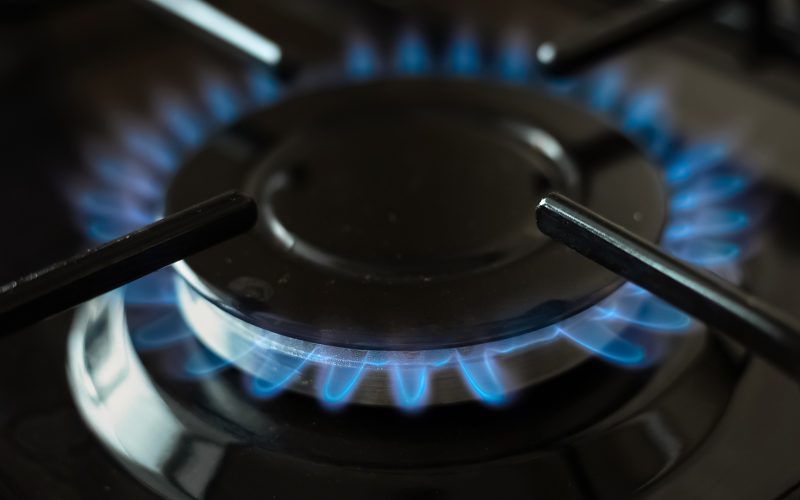THE VOICE FOR THE ENERGY CONSUMER
Kevin Doyle was a guest blogger at PACE: There’s good news on the horizon for Floridians from the Gold Coast to the Big Bend and beyond. A recent report by.
The Florida House of Representatives’ House Subcommittee on Natural Resources and Agriculture today passed House Bills 71 and 157, sensible hydraulic fracturing legislation sponsored by Rep. Ray Rodrigues (R –.
Pipeline critics contend building the Keystone XL Pipeline will lead to a carbon Armageddon. We disagree. A Consumer Energy Alliance analysis conducted for Build KXL Now plays out a real.

Atlas Van Lines this week released its annual report on U.S. and Canadian household movement migration. The report details movement of households into and out of all U.S. states and.
January 7, 2014 The Honorable Jim Ferlo Penn. State Senate Senate Box 203038 Harrisburg, PA 17120-3038 Room: 535 Main Capitol Building Dear Senator Ferlo, It’s January. It’s cold. No surprise.
It’s January. It’s Cold. No surprise there, but why in the middle of the harsh winter months are Pennsylvania State Senators working to advance legislation to put a moratorium on.
HOUSTON, TX – Consumer Energy Alliance (CEA) is pleased to welcome the Southeastern Coastal Wind Coalition (SECWC) as its newest affiliate member. The mission of the Southeastern Coastal Wind Coalition.
2013 was a year of big stories for the energy industry. CEA’s Shawn Martini breaks down some of the biggest stories in energy and how they are benefiting the U.S..
Listen to CEA’s Vice President for Policy, Natalie Joubert, talk about the benefits of Keystone XL, and the interaction between energy production and environmental protection. [soundcloud url=”https://api.soundcloud.com/tracks/127172952?secret_token=s-gihCF” params=”color=ff6600&auto_play=false&show_artwork=true” width=”100%” height=”166″.

The Keystone State made headlines a week before the Christmas holiday when the Pennsylvania Supreme Court struck down several key provisions of the State’s Act 13, which Governor Tom Corbett.